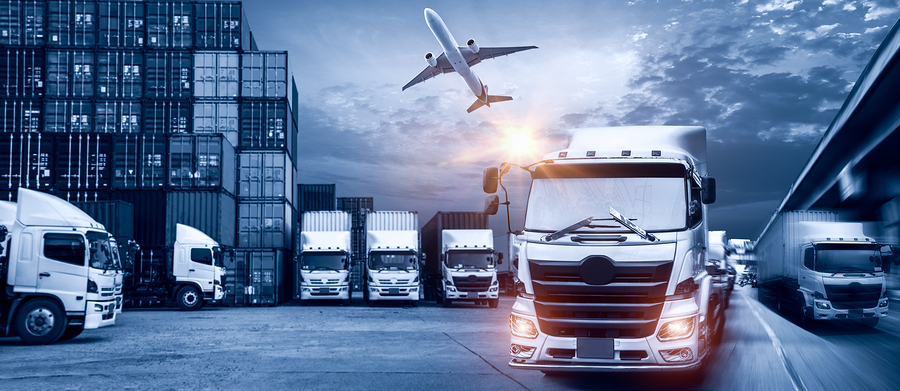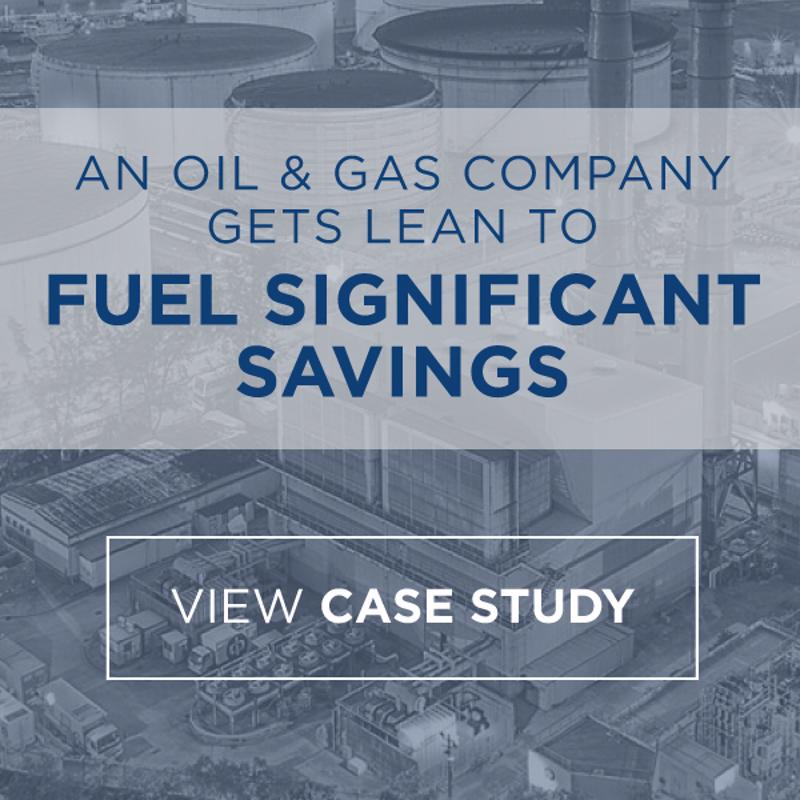
Handling Environmental Variables in the Logistics and Transportation Sector
Transportation and logistics organizations quite literally propel the modern marketplace, underpinning product and service delivery workflows worldwide. Unfortunately, the businesses that populate this key industry have come up against numerous challenges, including a number of environmental obstacles that impede the progress of the shippers and truckers navigating waterways and highways everywhere. Here are some of those roadblocks and ways that transportation and logistics firms might address them over the coming months and years:
Extreme weather patterns
In late 2018, the container ships navigating the Rhine River, Europe’s busiest commercial waterway, encountered a unique problem: The storied tributary was remarkably desiccated and unable to support large shipping vessels, Bloomberg reported. A drought had brought water levels in the Rhine basin to historic lows, forcing carriers operating in Western Europe to find alternative routes – or cancel shipments altogether. Although the Rhine’s water levels returned to normal in December 2018, according to Reuters, this is just one of the many instances in which extreme weather has threatened transportation and logistics operations in recent years. These occurrences, which scientists link to climate change, pose a significant threat to transportation and logistics organizations. In fact, extreme weather events, natural disasters, and “failure of climate-change mitigation and adaption,” rank among the World Economic Forum’s top five biggest business risks in terms of likelihood and impact.
Transportation and logistics enterprises have no choice but to adjust to this environmental risk, but how? Leveraging forward logistics, proactive notification and direct-store delivery strategies are among the most often recommended courses of action, Inbound Logistics reported.
Crumbling infrastructure
Infrastructure is a significant issue for transportation and logistics businesses operating in the U.S., where an investment gap of more than $4.5 trillion exists, according to researchers from the American Society of Civil Engineers. This problem affects virtually all transportation channels. Many U.S. ports cannot effectively handle modern container ships, leading to long-term delays and other serious problems, the trade association found. American roads are in a similarly sorry state, and in need of $836 billion worth of improvements and repairs, per the ASCE. Domestic railroads are also in disarray, as operators struggle with outdated cars, tracks, and stations that cannot meet the demands of commercial shippers, according to the group.
Industry organizations associated with each of these modes have called on local, state, and federal governments to invest in transportation infrastructure. This includes the Association of American Railroads and the American Trucking Association, both of which support large-scale institutional spending strategies. Unfortunately, the trillions needed to improve the country’s ports, roads, and rails are unlikely to materialize. This means carriers must take matters into their own hands by building flexibility into their supply chains to compensate for any infrastructure-related shipping slowdowns.
Increased government regulation
New pieces of government regulation are weighing heavily on organizations in the transportation and logistics space, according to research from Capgemini published in Logistics Management. While firms in the sector generally understand that carefully crafted statutes carry some benefit, many are concerned that the expenses associated with compliance outweigh potential advantages. For instance, the Federal Motor Carrier Safety Administration’s Electronic Logging rule, which took effect in December 2017, generated significant upheaval in the trucking arena as drivers cut down their hauling times to meet strictly enforced ELD regulations, the Chicago Tribune reported. This resulted in higher shipping costs, which ultimately trickled down to the customer.
Many transportation and logistics organizations struggle to comply with rules like the ELD regulation while maintaining healthy profit margins. While lobbying to stop the passage of additional rules can make a difference, companies in the space would be better off adjusting their internal processes in a manner that streamlines compliance and therefore mitigates its functional and financial impact on the operation.
Taken together, these challenges may seem insurmountable to carriers just looking to survive. This is not the case. By making some of the operational improvements mentioned above and embarking on more robust optimization efforts, transportation and logistics businesses can strengthen their position in the marketplace and find sustainable success. Of course, making such changes alone can be hard. This is where USC Consulting Group comes into play. We can tap into decades of consulting experience to help transportation and logistics companies of all sizes bolster their operations to account for new sector-specific challenges.
Contact USCCG today to learn more about our work in the transportation and logistics industry.





